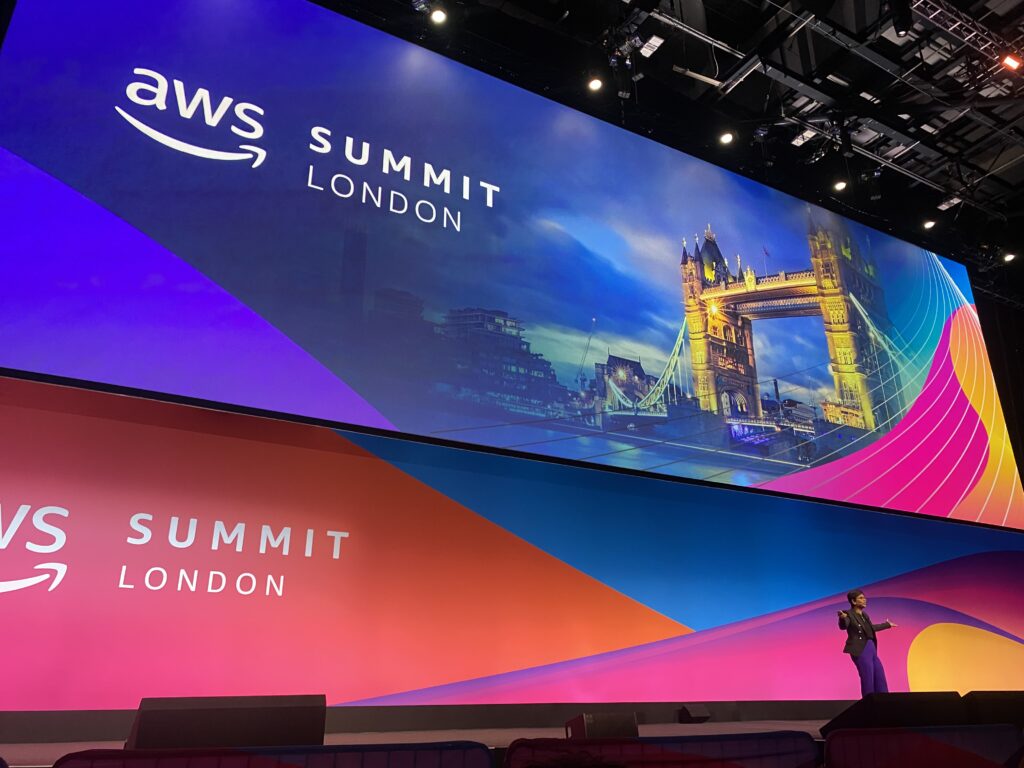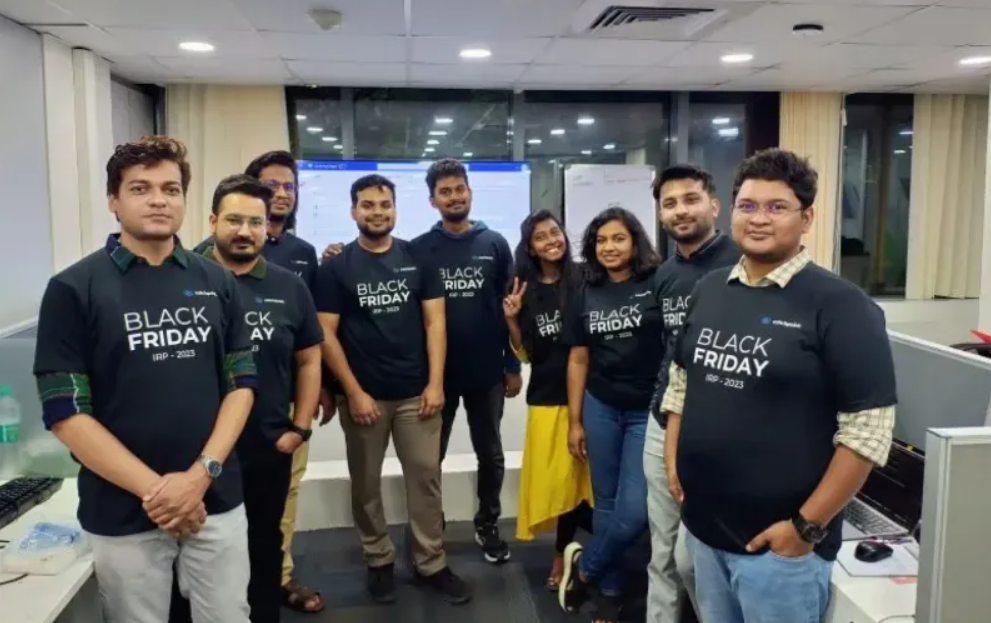Move to the cloud, they say.
The problem, oftentimes, is that talk is cheap and any generalised move to ‘shunt’ enterprise application management to cloud (or indeed cloud-native) deployment environments takes strategic engineering planning, architectural insight and a wide-ranging view of what’s around the corner in the weeks, months and years to come.
If we accept these truths, then we can perhaps see where SAP’s own advisory and consultancy services (plus its full gamut of packaged solutions and ‘design thinking’ shortcuts and accelerators) can be successfully augmented by third-party specialist consultants and Independent Software Vendors (ISVs).
One such independent third-party advisory company is UpperEdge.
The Boston, Massachusetts-headquartered company has spoken volubly throughout last year on the way it wants to ‘empower’ (Ed: well, aka ‘sell’) organisations with its services that are designed to get the most value from IT supplier relationships. Specifically, it describes how a majority of SAP customers are now compelled to move their SAP environments to the cloud and what kinds of teething pains to look out for.
According to UpperEdge, the major Cloud Services Providers (CSPs) are all too well aware of the push to bring SAP deploymemts towards the cloud. As such, they have responded to this demand with a surplus of service offerings, partnership strategies and commercial models.
Regeneration, evaluation & negotiation
But, says the firm, in doing so, these CSPs have significantly disrupted traditional sourcing, vendor evaluation, selection and negotiation strategies.
The movement to the cloud in these scenarios is driven by a combination of factors, including:
- SAP ECC to S/4HANA greenfield and brownfield upgrades.
- Decommissioning of legacy datacentre via a broader cloud strategy.
- A desire to move away from monolithic managed services agreements.
As we know, selecting a hyperscaler like Microsoft Azure, AWS, or GCP, comes with adjacent and long-term implications, including impacts on existing relationships, migration services, run management services, financial incentives and contractual structures.
“Companies that are considering a transformation are best served by anticipating the nature of the engagement that will occur with SAP and various partners and proactively defining an engagement strategy that will dictate how the engagement will be managed. This will enable — and not distract — the decision-making process,” said Len Riley, commercial advisory practice leader at UpperEdge.
A major commercial inflection point
Riley further advises that hyperscalers also come with commercial, organisational and architectural flexibility to drive an organisation’s own destiny. He says that although most enterprise organisations already have existing relationships with Microsoft, AWS, or Google, the movement of their SAP infrastructure is a major relationship and commercial inflection point.
“Options include SAP RISE, going direct with a hyperscaler, bundled systems integrator (SI) solutions and other multi-sourced vendor scenarios. Current market dynamics are encouraging the consideration of these options but overwhelming the companies evaluating them,” Riley added.
UpperEdge says it is capable of offering insights into pricing, contract terms and understanding the lines of demarcation between hyperscaler offerings, service provider offerings and SAP’s RISE.



